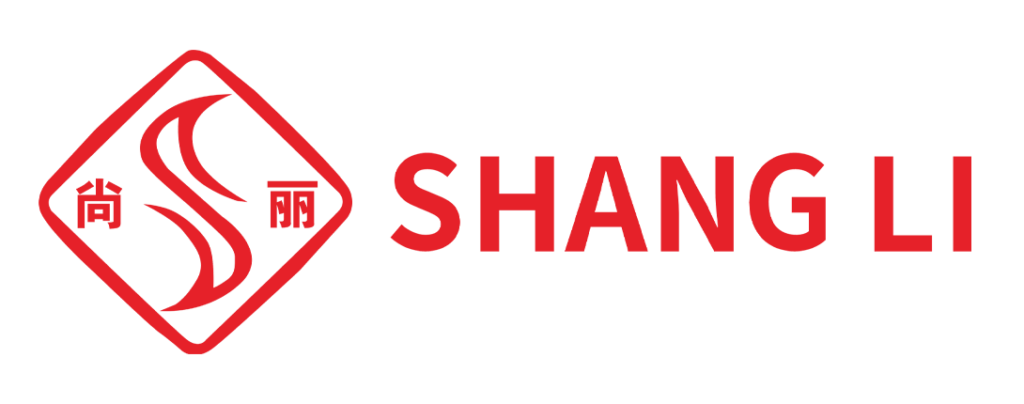In modern industrial manufacturing, aluminum enclosures have become the preferred solution for high-end equipment protection systems. Their widespread adoption stems from three core advantage systems:
I. Comprehensive Advantages of Aluminum Enclosures
1. Structural Performance Advantages
- Strength-to-Weight Ratio: Density of 2.7 g/cm³ (1/3 that of steel), with 6061-T6 aluminum alloy achieving tensile strength up to 310 MPa.
- Dynamic Load Performance: Military project tests show that a 2mm-thick aluminum enclosure can withstand 50J impact energy without fracture.
- Fatigue Life: Maintains 85% initial strength under 10⁷ cyclic loads.
2. Thermal Management Characteristics
- Thermal conductivity of 205 W/(m·K) (10× that of 304 stainless steel).
- Case study: Optimized aluminum enclosures in 5G base stations reduce chip junction temperature from 98°C to 72°C.
- Thermal expansion coefficient of 23.2×10⁻⁶/°C, compatible with most electronic components.
3. Electromagnetic Compatibility (EMC)
- Shielding effectiveness of 60–100 dB at 1 GHz frequency.
- Medical CT equipment with aluminum enclosures reduces image noise by 42%.
- Special surface treatments achieve surface resistance <0.1 Ω/sq.
II. Material Science Deep Dive
1. 6061 Aluminum Alloy
- Composition: Mg 0.8–1.2%, Si 0.4–0.8%.
- Post-T6 heat treatment: Hardness 95 HB, weld strength coefficient 0.8.
- Applications: Industrial automation equipment frames.
2. 5052 Aluminum Alloy
- Composition: Mg 2.2–2.8%.
- Yield strength 193 MPa, annual corrosion rate <0.02 mm in 5% NaCl solution.
- Applications: Marine monitoring equipment.
3. 7075 Aluminum Alloy
- Composition: Zn 5.1–6.1%, Mg 2.1–2.9%.
- Post-aging strength: 572 MPa, specific strength surpasses AISI 4340 steel.
- Applications: Avionics equipment.
4. Surface Treatment Technologies
- Hard Anodizing: 50–100 μm thickness, hardness HV800–1000.
- Micro-Arc Oxidation: Ceramic-like surface, withstands >3,000 V.
- Electrophoretic Coating: 20–30 μm thickness, salt spray resistance >1,000 hours.
III. Advanced Manufacturing & Systems Engineering
(1) Precision Manufacturing Technologies
- Обработка с ЧПУ: 5-axis machining centers with ±2 μm positioning accuracy. Case: Medical endoscope enclosures achieve Ra 0.4 μm surface finish.
- Sheet Metal Innovation: Bending angle compensation accuracy 0.05°, server chassis production cycle reduced to 45 seconds/unit.
- Joining Technologies: Laser welding depth control ±0.1 mm, friction stir welding achieves 90% base material strength.
- Surface Engineering: Tri-coat systems enable ΔE <0.5 color deviation. Case: Military enclosure passes MIL-STD-810G sand/dust tests.
(2) Systematic Design Methodologies
- Structural Optimization: Topology optimization reduces radar enclosure weight by 37% while increasing stiffness by 15%.
- Thermal Engineering: CFD-optimized heat sinks with PCM integration reduce temperature rise by 8°C. Case: EV controller enclosure thermal resistance drops to 0.15 K/W.
- EMC Design: Electromagnetic simulations optimize aperture layouts. Case: MRI enclosure reduces stray fields to <0.5 μT.
- Ergonomics: 3D-scanned handheld contours reduce operational errors by 60% in field equipment.
IV. Lifecycle Cost Control Systems
(1) Design Phase Cost Engineering
- DFM standardization cuts BOM costs by 28% for PV inverter enclosures.
- Value Engineering (VE) reduces communication device enclosure costs by 19%.
(2) Production Optimization
- SMED reduces tooling changeover from 4h to 25min, TPM boosts OEE to 85%.
- JIT increases inventory turnover to 12 cycles/year, VMI cuts procurement costs by 15%.
- SPC improves CpK to 1.67, Six Sigma reduces quality losses by 30%.
V. Cross-Industry Applications & Trends
(1) Industry Case Studies
- New Energy: EV battery enclosures with liquid cooling channels; IP68-rated solar inverters.
- Advanced Manufacturing: Semiconductor vacuum chambers (<10⁻⁶ Pa), robotic joints with 1M-cycle reliability.
- Consumer Electronics: Foldable phone hinges (100k-cycle tested), 15g AR glass frames.
(2) Technological Frontiers
- Additive Manufacturing: SLM-processed satellite components (density 1.8 g/cm³).
- Smart Materials: Shape-memory alloy self-repair structures, piezoelectric energy-harvesting enclosures.
- Digital Factories: AI-powered QC achieves 99.98% accuracy, tripling worker productivity.
- Sustainability: Closed-loop recycling (>95% material utilization), low-temperature processes cut energy use by 30%.
VI. Strategic Summary & Implementation Recommendations
Core Competitiveness of Aluminum Enclosures:
- Performance: Specific stiffness 26 GPa/(g/cm³), thermal management for 300 W/cm² heat flux.
- Economics: Mass production costs rival engineering plastics, 50% shorter R&D cycles.
- Производство: IT4-grade precision, flexible production for 50-unit batches.
Implementation Roadmap:
- Establish cross-disciplinary innovation platforms for materials, processes, and design.
- Invest in digital manufacturing infrastructure.
- Develop industry-specific solution libraries.
- Build closed-loop sustainable supply chains.
- Cultivate multidisciplinary engineering teams.
As emerging technologies evolve, aluminum enclosures will advance toward multifunctional integration, intelligence, and sustainability, playing pivotal roles in aerospace, AI, and quantum computing. Enterprises must seize this technological window to dominate this billion-dollar market.


